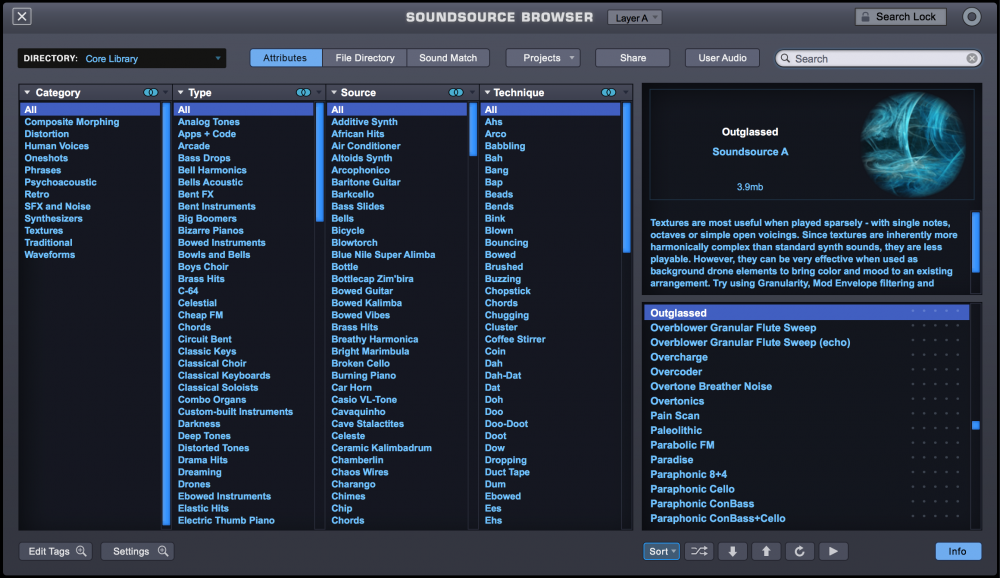


These is often impossible: if you're living near an airport, theĪirplanes aren't going to stop flying just for you! Earplugs (widelyĪvailable from drug stores or online for just a few dollars) and

The sound waves from entering your ears (cover your ears or wearĮarplugs at the rock concert). Increase your distance from it (walk out of that noisy bar), or stop The three easiest ways to stop sound are to turn off the source, A 1000Hz tone has a wavelength of about 34cm (13in), which is about the length of my forearm. A 500Hz tone has waves about 70cm (28in) long (the length of my arm and about the width of a small open doorway). A 262Hz tone (middle C) has a wavelength of about 1.3m (4ft 3in), roughly the distance from my shoulder to my ankle. When engineers build tunnels, they sometimes bang on the metal walls to communicate with colleagues because that's the quickest, most efficient way of transmitting sound!Īrtwork: Sound diffracts (bends and spreads) around obstacles because its waves are relatively large-the same sort of size as things like open doorways and windows. Storm through most solids and emerge almost as loud the other side.įor example, sound travels through (solid) steel about 15 times faster than through (gaseous) air. While light waves pass through only a handful of solid materials Wriggle through the tiniest cracks and openings. Waves, long-wavelength sounds can bend (diffract) round corners and Your house pitch black than completely quiet. Sounds and are far easier to block out: it's much simpler to make Travel in wave form, light waves have much shorter wavelengths than One reason we struggle with soundproofing is that weĬonfuse sound with light. Materials is the key to stopping it, but that's easier Understanding how sound waves travel through air and solid Nevertheless, "airproofing" is a good first step toward soundproofing. Closing the window doesn't keep out all the noise because sound also travels through the solid glass and the wooden window frame. An open window lets in air, but it lets in sound too-because the air carries sound waves. Photo: Sound energy needs a medium such as air to carry it along. That chain of events somewhere along the route. Travels through one or more media, enters our ears, and lights up ourīrains-and if you want to stop it in its tracks you have to interrupt Stimulating tiny hair cells deep inside our heads, and registering Inside our ears, the air vibrates too, banging on our ear drums, Outward, away from the sound source, making objects and the air allĪround us vibrate in sympathy until what's left of the energy reaches The energy has to go somewhere, so it travels Sound is a kind of energy that's produced when Understanding the science of sound is the best way to set about There are times when it really helps to think like a scientist,Īnd tackling problems with noise is definitely one of them. Just what is itĪnd how does it work? Let's take a closer look!Īrtwork: Noise can be more than just a nuisance it can seriously damage your hearing.Īccording to the National Institute of Deafness and Other Communication Disorders, almost a quarter of US adults have hearing loss caused by noise ("noise-induced hearing loss") that's too loud or lasts too long.

Your thoughts have probably turned to soundproofing. People around you from suffering the sounds you make. Might be a practicing musician or a DJ-and you want to spare the Reverse problem: perhaps you have a noisy occupation or hobby-you The volume turned down may be very hard work.
#Soundsource cracked full#
Neighbor who plays the TV through your wall at full blast, getting Site, a noisy bar or nightclub, or you have an elderly, forgetful If you're plagued by a noise problem, the simplestĪpproach is to kill the sound at its source, but sometimes Noise: a nuisance that can make life stressful and work, study, or But sound weĭon't want to hear, in the wrong place, at the wrong time, is simply Sound is wonderful-think of Beethoven or birdsong.


 0 kommentar(er)
0 kommentar(er)
